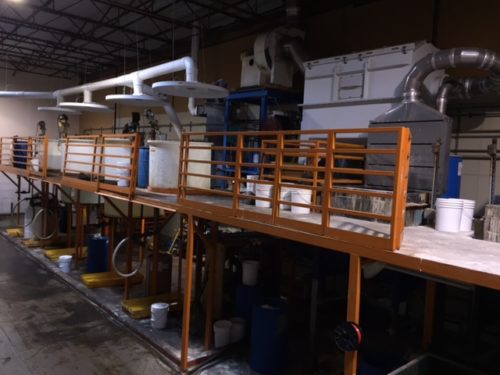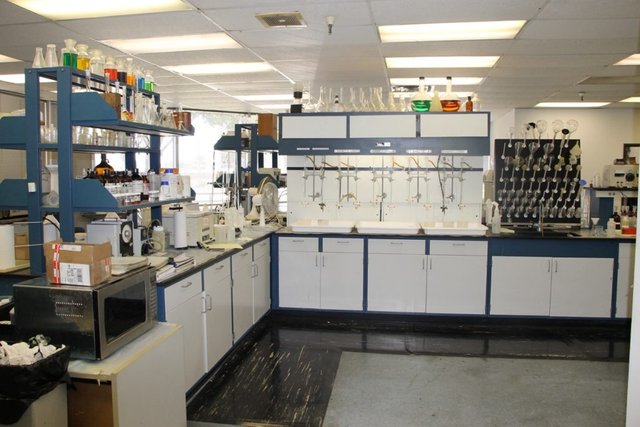Your master bathroom can transcend its basic function to become a haven of relaxation and indulgence. With a plethora of premium materials and imaginative design ideas at your fingertips, you can turn your bathroom into a spa-like sanctuary. For a dose of inspiration, we've handpicked several exceptional bathroom designs from reputable US-based sources known for their innovative and reliable content.
Sleek Sophistication with Contemporary Cabinetry and Marble Surfaces
One standout bath design ideas we discovered hails from esteemed bathroom designers in NJ. These bespoke custom bathroom designs radiate contemporary sophistication. Customized cabinetry offers abundant storage while exuding a streamlined, modern charm.
The marble countertops steal the spotlight, boasting intricate veining that lends depth and elegance. Complemented by upscale fixtures and minimalist decor, this bathroom promises a tranquil, luxurious atmosphere—ideal for unwinding after a taxing day.
Spa-Like Shower Retreat with Natural Stone Finishes
Another captivating design concept focuses on elevating the shower area into a spa-inspired haven. This spa like bathroom design integrates natural stone elements like travertine or slate to foster a serene, organic ambiance. The shower boasts multiple heads, including a rainfall showerhead and body jets, amplifying the spa-like sensation.
Premium materials abound, from the tailored cabinetry to the designer fixtures, ensuring a cohesive, opulent aesthetic. Thoughtful touches like built-in niches for bath essentials and a comfortable bench make this shower area the centerpiece of the bathroom.
Luxury for Two: Dual Vanity with Distinctive Lighting
For couples in search of a harmonious blend of form and function, dual vanity setups are gaining popularity. A standout design we encountered features an expansive dual vanity crafted from premium materials like walnut or teak. Durable quartz or granite countertops add a dash of luxury.
What distinguishes this design is its unique lighting features. Integrated LED lighting around the mirrors and beneath the vanity casts a soft, romantic glow, setting a cozy mood. Custom storage solutions and personal touches make this master bathroom design for couples an inviting retreat.
Bathroom Designers vs. Remodeling Contractors: Understanding the Difference
While both bathroom designers and remodeling contractors are pivotal in realizing your vision, they offer distinct skill sets and services.
*Bathroom Designers:* These professionals excel in creative thinking and possess a deep understanding of design principles. They bring a discerning eye for aesthetics, functionality, and spatial planning, ensuring a harmonious bathroom design. Well-versed in local trends, styles, and building codes, they offer bespoke solutions tailored to regional aesthetics and regulations.
*Remodeling Contractors:* In contrast, remodeling contractors specialize in executing the design, overseeing construction, and coordinating with various tradespeople. While technically proficient, their primary focus lies in the construction and installation phases.
For those yearning for distinctive and personalized bath design ideas, collaborating with a bathroom designer is indispensable. They offer innovative solutions, recommend premium materials, and ensure every detail aligns with your preferences and lifestyle.
The Benefits of Hiring a Professional Bathroom Designer
Embarking on a bathroom remodeling venture is a substantial undertaking, and precision is paramount. While you might be tempted to rely on your design prowess, enlisting a professional bathroom designer can be transformative. With their expertise and creative flair, they can craft a luxurious, functional master bathroom that resonates with your style and persona.
Whether your interests lie in bespoke custom bathroom designs, spa-like shower retreats, or couples bathroom designs, a seasoned designer can provide invaluable insights and inventive solutions tailored to your requirements. They'll shepherd you through the entire design journey, from conceptualization to material selection and execution, ensuring a smooth and hassle-free process.
In your quest to create a master bathroom that is unique, luxurious, and functional, don't settle for the mundane. Explore innovative bath design ideas, integrate high-end materials, and, most crucially, collaborate with a reputable, experienced bathroom designer to breathe life into your vision. Your dream bathroom beckons!



